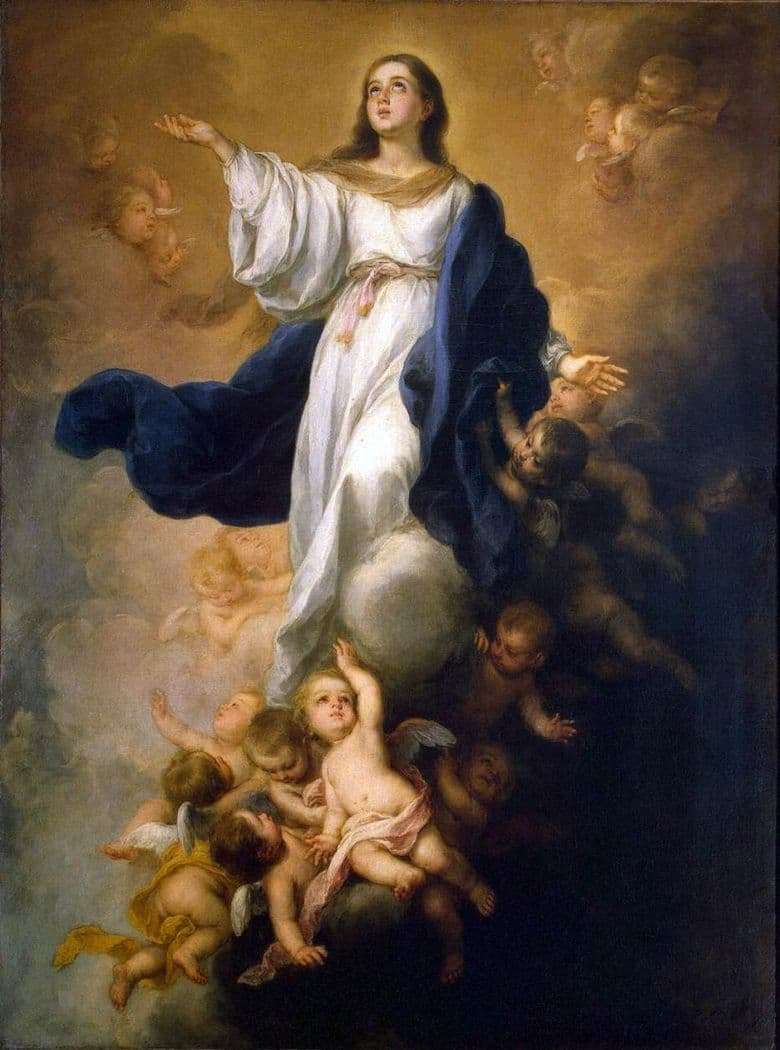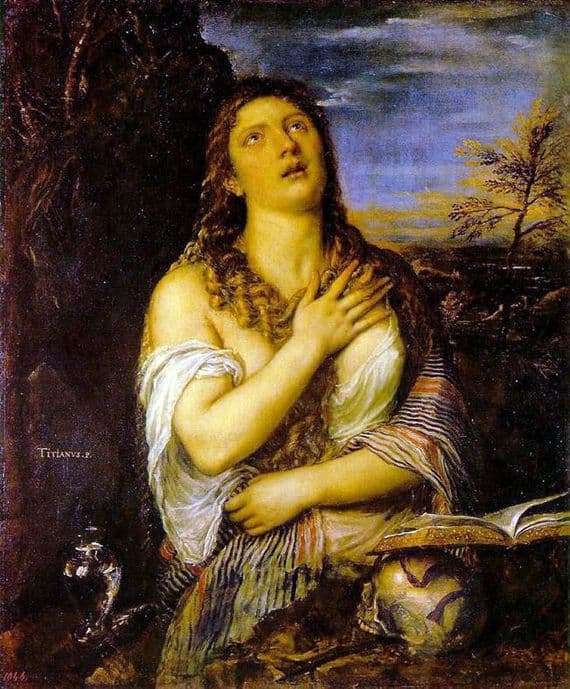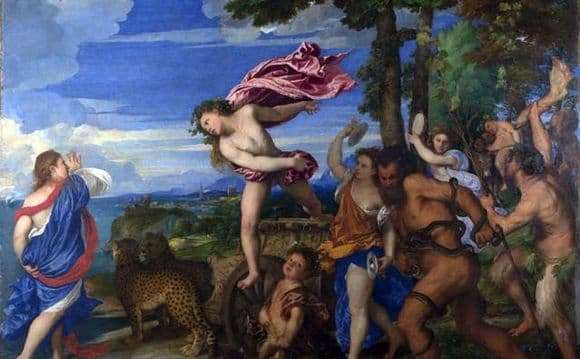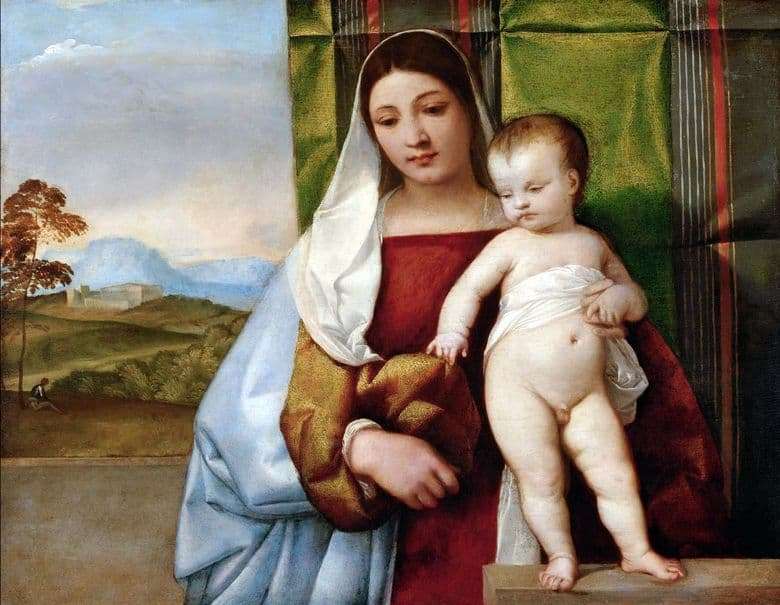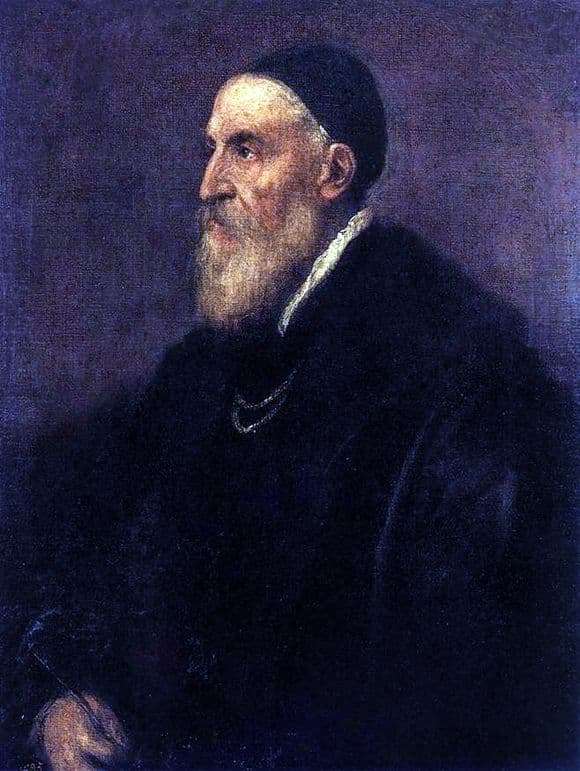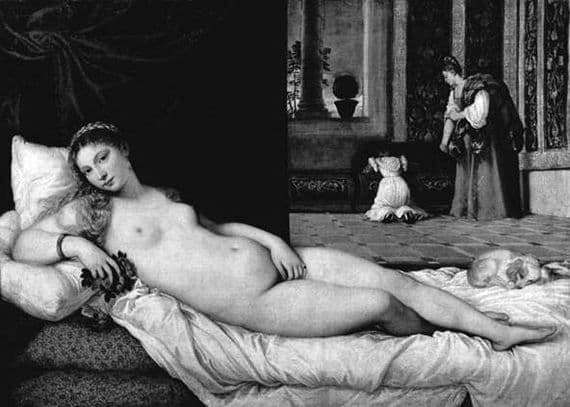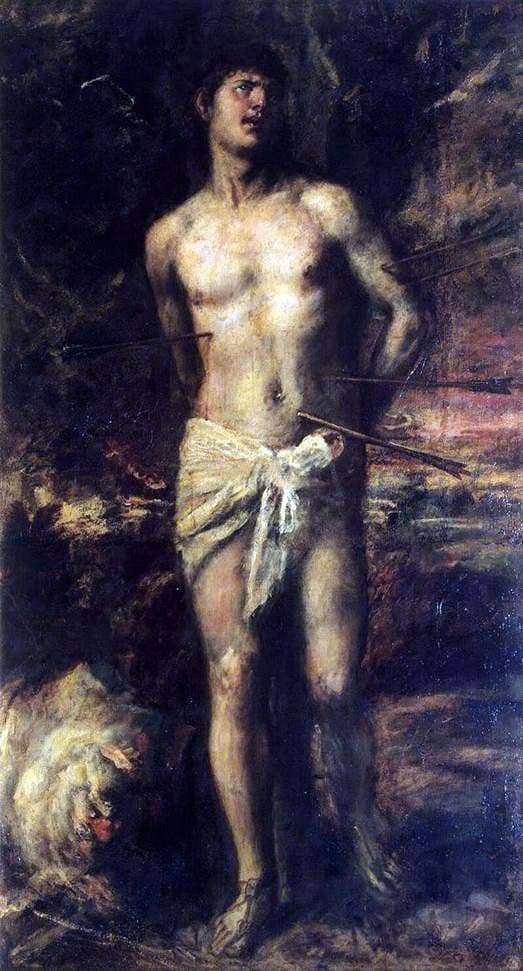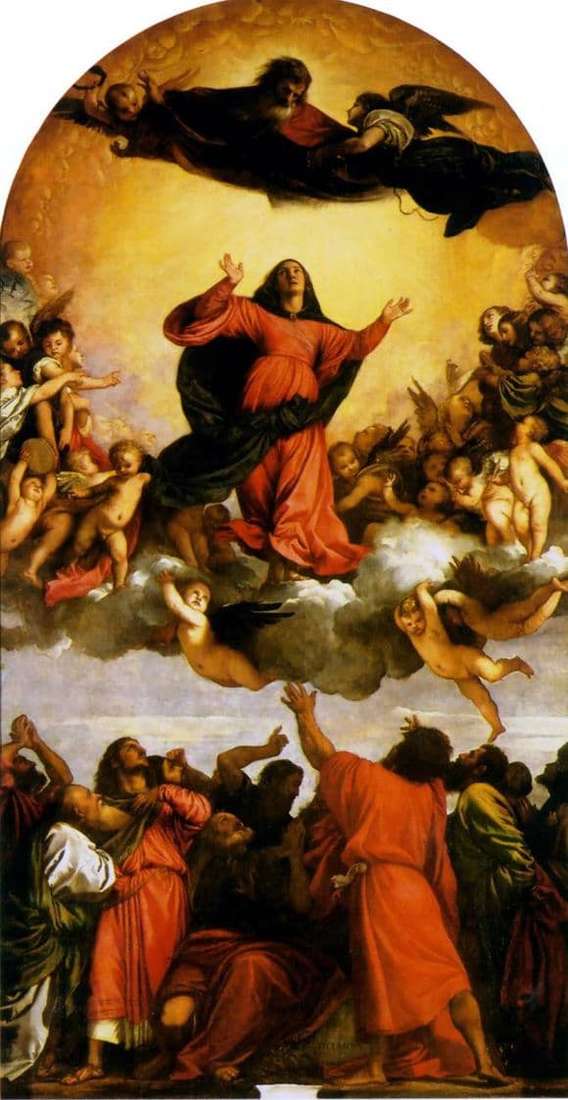
The canvas “Assunta” belongs to the collection of the early works of the Italian artist Vecellio Titian, however, it was she who greatly glorified her creator. The picture was created over three years from 1516.
It was intended for the central altar of the Venetian Cathedral. And after writing, the artist receives official public recognition. Ordinary people admire the works of Titian, and titled noble persons are fighting for the right to own them. This triumph is explained by the freshness of the artistic thinking of the creator. It transforms the character of the altar face, making it filled with intense emotions and feelings. The composition of a religious cloth gets absolutely new construction.
“Assunta” sounds simpler and clearer like “Ascension of Mary”. It amazes with the truth and evidence of the content. Looking at the picture, you do not know the scene. Only small patches of the earth’s surface at the very bottom provide some support for understanding. All the characters, color and spatial resolution, the play of light and shadow serve a single purpose – to show the ascension of the Mother of God.
Mary is not written in free flight, it is lifted by a cloud surrounded by a choir of angels. Her whole body expresses understandable and easily readable spiritual impulses: the head thrown back in delight, the panegistically raised arms express the ecstasy, exultation and enthusiasm. The color palette of the picture is consistent with the compositional plot: intense and dark shades from below, as they move upward, they brighten with a gradient, become weightless, step by step turning into the gold color of the upper semicircle of the canvas.
Madonna’s joyful experiences, young and beautiful, fascinated apostles looking at her, strong and just as beautiful – everything in the picture is permeated with life-affirming optimism and mesmerizing spiritual power.
Description of the painting by Titian Vecellio “Assunta” (Ascension of the Virgin Mary)
